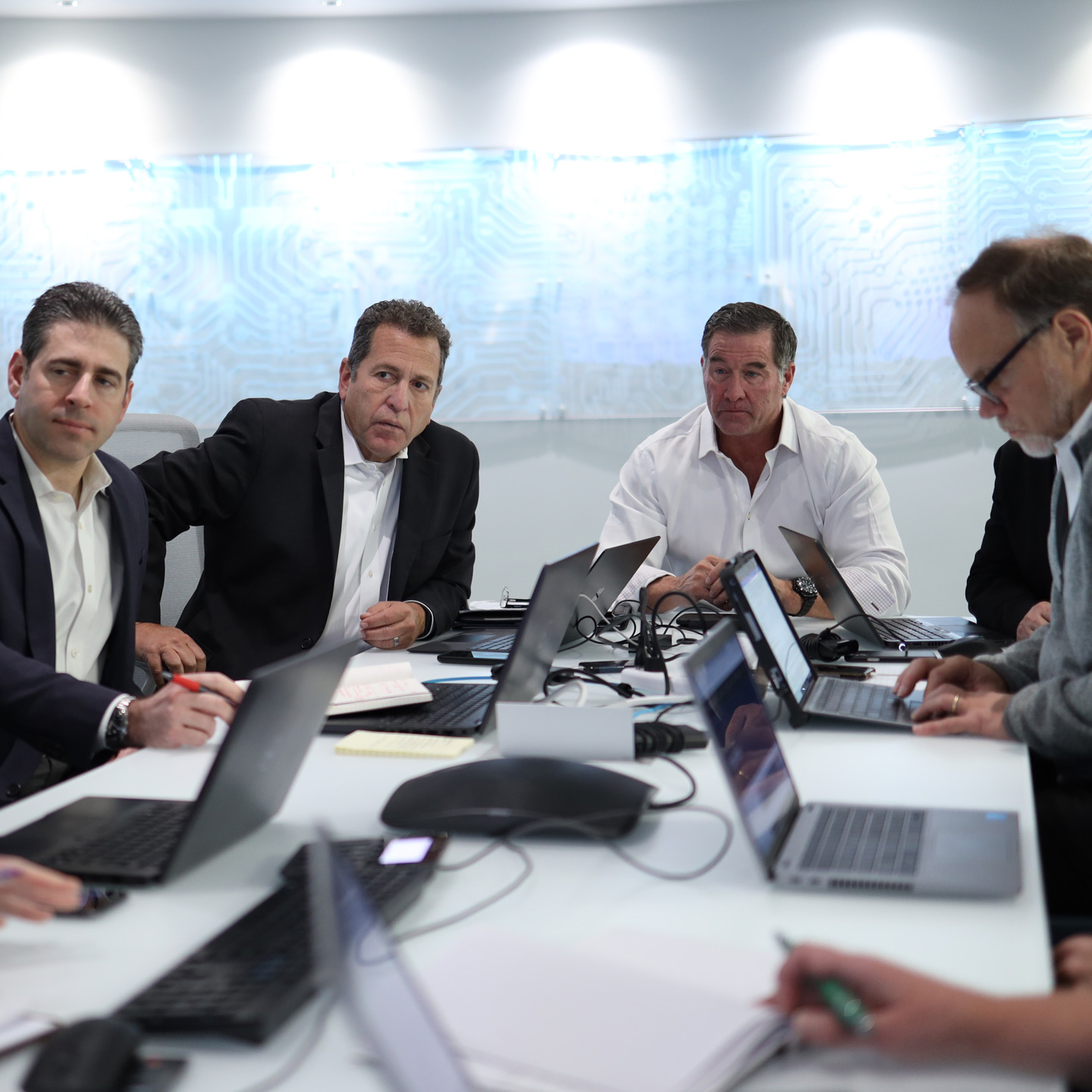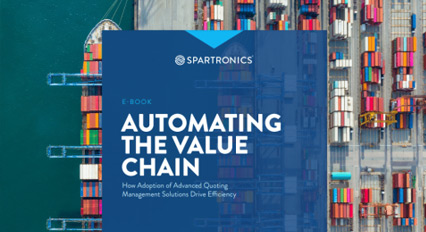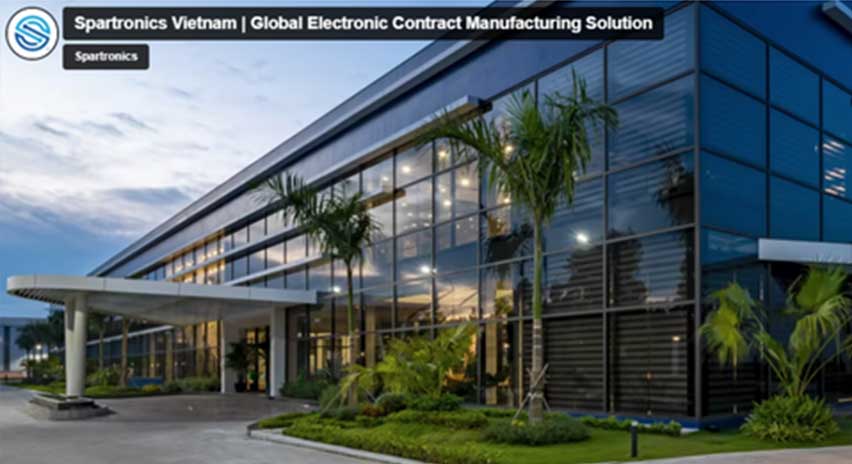From grocery store product shortages and new automobiles to computer chips and electronic components, no industry has been spared from supply chain issues over the past couple of years. Disruption is an appropriate word to describe the last two years. It’s also a fitting description for the global supply chain, which is still reeling from the pandemic and uncertainty from global events.
As demand for goods remains strong and global trade is affected by available shipping capacity caused at ports, shortages of key materials, and still by forces of nature be it pandemic or other, disruptions in the supply chain will remain a challenge. That’s especially true in industries like high-tech electronics, semiconductors, energy, and rare earth minerals.
There are countless measures that track supply-chain issues, with all of them showing historically high levels of disruption and costs, with a path ahead that is still unclear. One interesting measurement is an “ocean timeliness indicator” from Flexport, an American logistics firm.
This gauge reports how long it takes a shipment to move from the supplier’s warehouse to the departure gate of the destination port for two big freight routes out of China: to Europe and America. Three years ago, the journey to America took just under 50 days and the journey to Europe took just under 60 days. Travel times then rose steadily after the pandemic hit and as other disruptions continued. As of the beginning of March, shipping times to the United States were taking 106 days and 111 days to Europe.
Targeting Supply Chain Disruption
The ongoing supply chain challenges have not gone unnoticed in Washington, D.C. In late February, the U.S. Department of Transportation (DOT) released the “Supply Chain Assessment of the Transportation Industrial Base: Freight and Logistics,” which provides multiple recommendations to address the crisis. The report identifies and addresses ongoing challenges while offering potential policy responses to strengthen the nation’s supply chain.
The report makes 62 specific recommendations for action by the DOT and related agencies in order to address these challenges and attempt to bolster the nation’s supply chain. Among the report’s key recommendations are:
- Investing in freight infrastructures, such as ports, bridges, and railroads, to enhance capacity and connectivity.
- Developing inland ports and warehouse locations, as well as investing in the inland waterway system.
- Coordinating with interagency partners to provide temporary solutions to ease port congestion, such as “pop-up” intermodal yards for containers.
- Supporting domestic manufacturing, ally-shoring, and nearshoring efforts.
- Improving data and research into supply chain performance, including the tracking of freight and supply chain data, and encouraging the development of state-level freight planning.
Plan for the Unexpected
The bottom line is that supply chain disruptions are ongoing and uncertainty lies ahead, but there are steps that can be taken to soften the impact of these disruptions. Supply chain leaders should evaluate vulnerabilities based on a variety of scenarios, so they can start to create redundancies and alternatives. It’s important to have visibility into all tiers of the supply chain to be able to evaluate potential risk exposure and to determine where there are vulnerabilities and the best way to respond, whether that’s diversifying sources and routes or preparing risk response plans for the most fragile supply chains.
As a global electronics manufacturing services (EMS) company, Spartronics engages our corporate supply chain team to leverage our resources to mitigate risk and locate materials. This requires additional investment in people and tools (including automation) which Spartronics is committed to investing in. Spartronics supply chain team members increasingly work with our Original Equipment Manufacturers (OEMs) to “design” for the supply chain during the early design stages of a new project, planning for multiple sources, component product lifecycle status, and a number of other factors. Collaboration is key with our customers to understand their requirements short and long-term to arrange a roadmap of supply continuity through effective planning and scheduling of pipeline of materials. The ability to be data-driven and stay in front of market trends across categories allows Spartronics to react sooner and/or predict the best course of action to drive resilience for our customers. As partners, we work with all parties involved to achieve optimum results; Regularly meeting with customers, OEM suppliers, and distribution partners. In addition, aligning our corporate leadership team to assist in escalation at the highest levels to work together with our partners when necessary.
Are you interested in learning how Spartronics has adopted advanced quoting management solutions and has automated the value chain? Download our E-Book: Automating The Value Chain.







